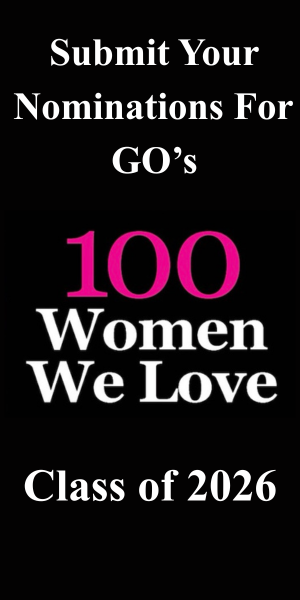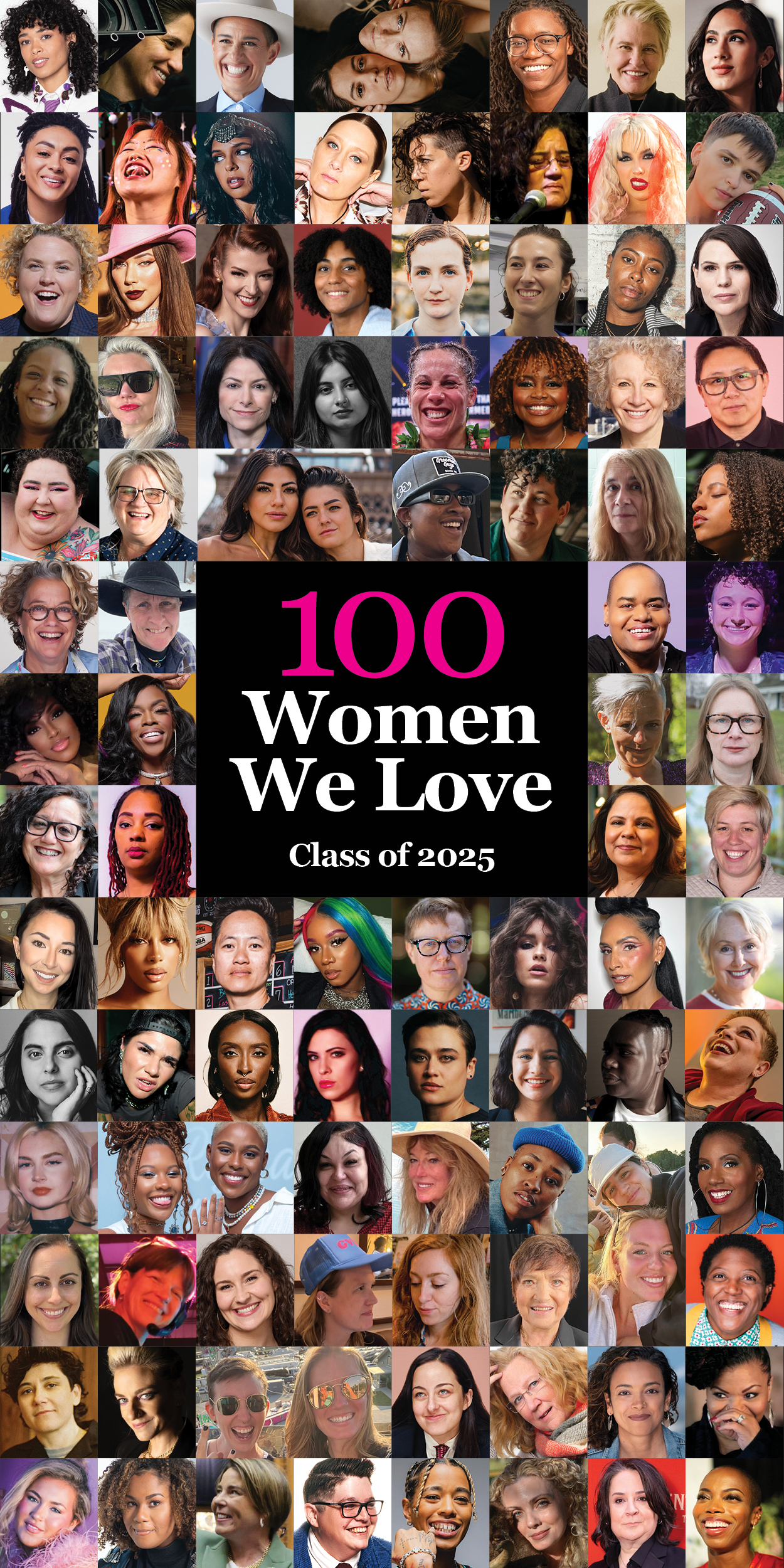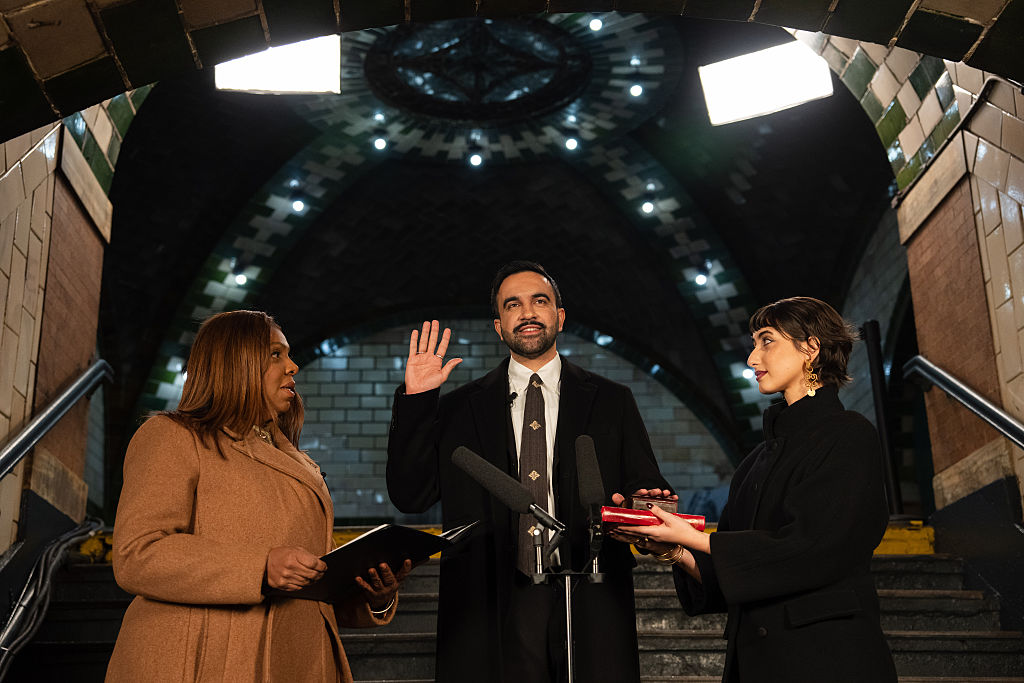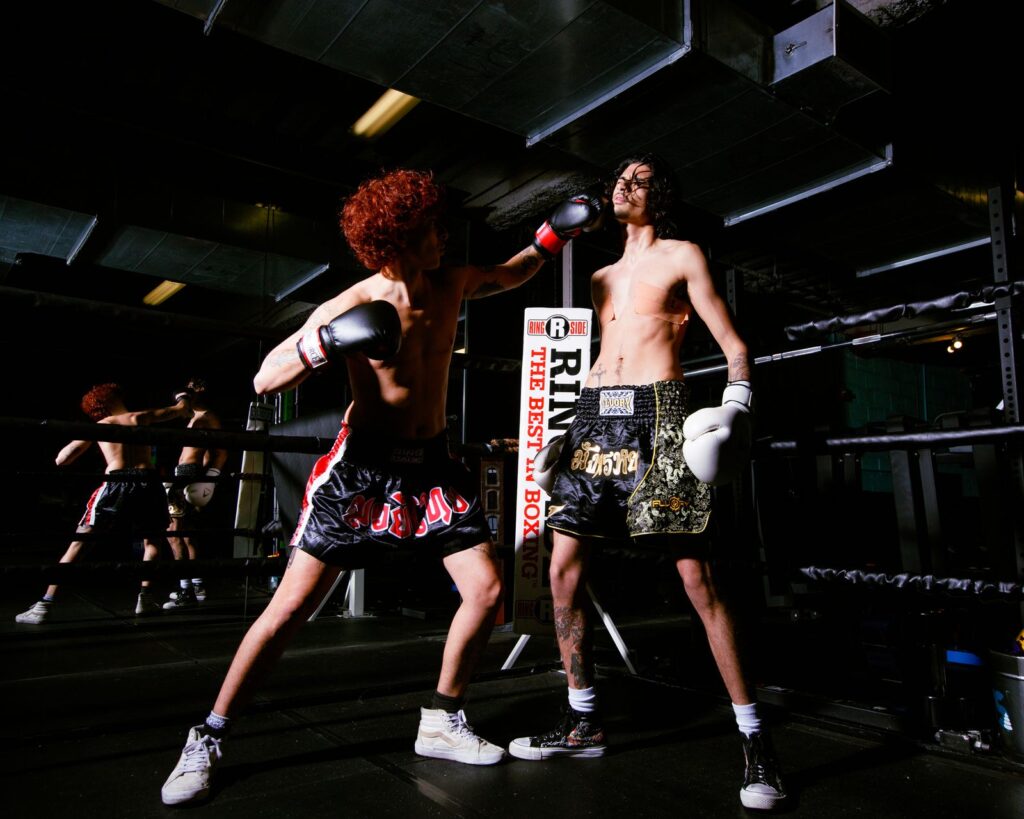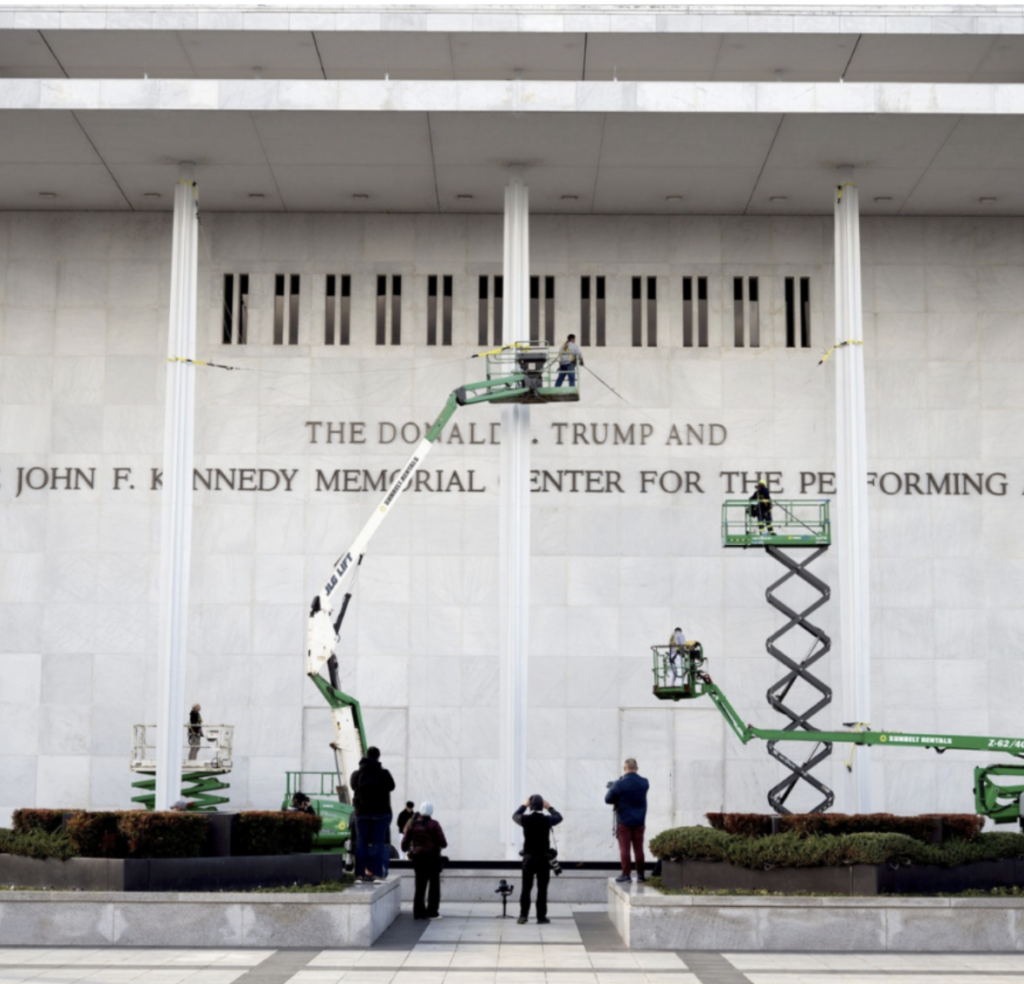‘The Other Bulgarian Women’ Highlights Trans Women In Bulgaria

On International Women’s Day this year, the art exhibit “The Other Bulgarian Women,” premiered in Sofia, Bulgaria, where it sparked a national controversy.
On International Women’s Day this year, the art exhibit “The Other Bulgarian Women,” premiered in Sofia, Bulgaria, where it sparked a national controversy. The show features eight modern photographic portraits of Bulgarian women in traditional Bulgarian dress, framed with vivid flora backdrops. Mísho, the artist, amplified the photographs with an innovative technique, using multiple layers of photographs on thin sheets of plexiglass then animating the pieces with customized LED light designs, changing in time with electronic music. The source of the opposition to the exhibition? The models in the images were all Transwomen.
Two years ago, Mísho received a small grant from Bulgaria’s Ministry of Culture which was, at that time, attempting to promote more diversity with their funding. The sum was nominal, only enough to cover the production of two of the pieces, Mísho tells GO, but was significant in the government’s acknowledgement of the LGBTQ+ community. When the show’s opening was announced in February of this year, the widespread backlash led the new Minister of Culture to ask for the resignation of the entire grant commission, half of whom were not employed at the time of the award. The other half resigned.
IMRO, a Bulgarian nationalist organization, and the Vazrazhdane Party, an anti-European, pro-Russian group, were both granted permits to rally outside of the gallery on the day of the exhibition. The feminist group that normally organizes a march on International Women’s Day to protest violence against women in Bulgaria pledged support for the show, declaring their solidarity with all women. Sofia initially cancelled the feminist’s previously approved permit, fearing a clash with right-wing demonstrators. A few days before the show, the city reinstated permission for the feminist march and decided instead to provide increased police presence outside the venue.
Mísho’s works have taken him twelve years to complete. His inspiration for the project started when he shared an apartment with a friend and a transwoman upon returning to Bulgaria after completing his MA in Media Studies at New York’s New School. He became close with his new roommate, Natasha Rich, who was just beginning her transition then. When Rich lost her job shortly after her image was televised at an early Pride Parade in Sofia, Mísho wanted to help her.
During our talk, Mísho tells GO he approached Sofia Pride Parade, the only LGBTQ+ organization in Bulgaria at the time, to see if they could help get her job back. They told him there was nothing they could do. Rich had to leave Sofia and move back in with her parents in a smaller town. This motivated Mísho to become involved with Sofia Pride to expand awareness. He helped add film and art shows to the annual event. He also began to research trans identities. “In Bulgaria, the LGBTQ community is very segregated,” Mísho tells GO. Natasha was the first transperson he had been close with.
“Bulgaria is one of the most conservative European countries when it comes to LGBTQ rights next to Poland and Hungary,” Mísho explained. Even though they were among the first to decriminalize homosexuality in 1968, after the sodomy arrests of some beloved Bulgarian cultural icons, the government rationalized the decision as preventing further suffering to already ill people. To change your gender on legal documents in Bulgaria, one must go through “reassignment” surgeries, which can only be accessed through a court decision and paid for with personal funds.
“Something that I cannot understand, that we are still questioning the existence of human beings…It is unacceptable for me,” Mísho tells GO. As an artist, Mísho began looking for parallels between the modern oppression of transwomen and the mistreatment of other groups in Bulgaria’s history. He thought about the oppression of cis women before any feminist progress in the country. “Bulgaria is also one of the worst countries for violence against women,” he says.
Mísho recalled one of his favorite Bulgarian painters, Vladimir Dimitrov – Maystora (Master). Dimitrov is famous for his portrayals of Bulgarian women in traditional dress who were also under severe patriarchal control in the 1920s and 30s. Though Dimitrov traveled extensively through the Western art world, even befriending Picasso, he returned to his pastoral home region of Kyustendil in Western Bulgaria to try to capture an essential Bulgarian identity. His portrait series of peasant women, in customary attire, surrounded by the bright fruit or flowers of the region, are held as iconic representations of Bulgarian heritage.
When Mísho recreated these revered Bulgarian images with transwomen as his subjects, he was placing Transwomen into the narrative of Bulgarian identity. By integrating trans humanity into Bulgarian heritage, he created an elegant metaphor for exposing the exact rhetoric conservative and nationalist groups use to incite moral panic. With his work, he manifested the dominant culture’s greatest fear of being replaced.
The Municipal Council in Dimitrov’s hometown of Kyustendil issued a formal objection to the exhibition, summarizing this fear: “Vladimir Dimitrov – The Master not only glorifies our city around the world, he is an icon for all of Bulgaria. We believe that it is inadmissible for the models in his paintings to be replaced.”
Mísho tells GO he estimates seventy percent of media in Bulgaria had a negative reaction to the announcement of his show. Though there are limited news sources translated into English, Darik.News English, reporting on the grant Mísho received, said: “This sounds like a particularly bad joke, and we sincerely wish it was just that – just a rotten fruit of a corrupt imagination, inspired by the ultimate manifestations of primitive transgender propaganda and the ritual burial of biological reality in some parts of the world.” The subtitle for this article was “LGBT causes have become a religious cult.”
These anti-trans talking points have become globally familiar. In Bulgaria, LGBTQ+ rights are framed as a foreign threat, imported from the European Union. Mísho says the nationalists are using his show to convert pro-Putin factions to their cause. In 2018, the Bulgarian Constitutional Court ruled the Council of Europe Convention preventing violence against women (Istanbul Convention) contravenes the Bulgarian Constitution. Nationalists successfully campaigned against the Convention following this ruling, creating a moral panic around the Western “Gender Ideology.”
Since then, the transliteration of the word “gender” has become a slur in Bulgaria. It signifies a threat to conservative value systems and traditions and seems to be deployed similarly to “woke” by the American right. “Gender Ideology” is a formalized conspiracy theory utilized throughout post-Communist countries. Putin has compared gender nonconformity and the push for trans rights to “new strains” of a “pandemic” like the coronavirus. (Washington Post, December 23, 2021) Transpeople represent an existential threat to national sovereignty to the global far right.
During our second interview, I told Mísho of the unprecedented quantity of anti-trans legislation being proposed and passed in the U.S. When I explained the Texas law that requires investigations of supportive parents of trans youth as child abusers, he exclaimed, “Oh my God, it’s like Russia.”
Happily, Mísho’s exhibition was a success. He said there were more police than protesters who were kept behind barricades on one end of the block while the feminist marchers were allowed entry on the other. The nationalists showed up in traditional Bulgarian costumes, with one dressing like Vladimir Dimitrov. “He looked like Santa Claus,” Mísho laughed. “The protest was only an hour. It was a joke.”
Inside the gallery was a dance party. A famous Bulgarian model was debuting his DJ skills. He invited many people from the fashion industry from multiple countries. Many attendees came to see the art that had stirred the controversy. There was, of course, a significant LGBTQ+ presence, including many of the models for the portraits. Mísho said it reminded him, just a little, of being at a party in Berlin. He explained that Germans in Berlin still felt a lot of guilt about WWII, so no one is judgmental and everybody parties together. Just the anticipation of Mísho’s artwork revealed the tenuous foundations of a national identity that is exclusionary. The colorful triumph of the reception and party shows what happens when nationalism is defeated.




